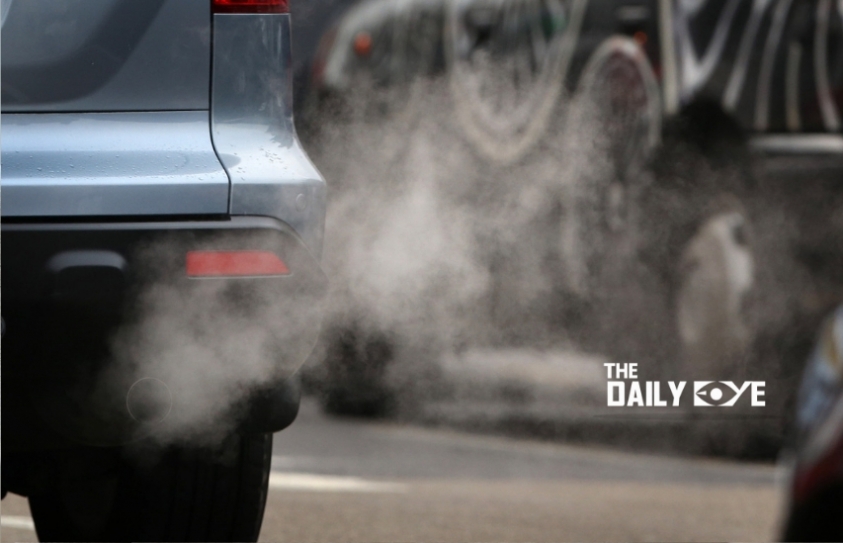
Need for Clear and Concrete Mechanisms for reducing Air Pollution
by Shruthi Venkatesh January 16 2019, 3:05 pm Estimated Reading Time: 3 mins, 20 secsAccording to the World Health Organization, India has nine of the world’s 10 most polluted cities, with hazardous urban smoke. Researchers say the country has reached its worst by killing 1.24 million people in 2017. Earlier, there weren’t any nationally set targets or goals for reducing hazardous air pollution. Now, as the elections are on the corner, the government has set up a new initiative calling National Clean Air Program – a five year plan to reduce air pollution in 102 cities by up to 30 percent from 2017 levels.
Environmentalists have criticized that the country lacks clear mechanisms or robust funding to achieve its aims, while some observers questioned the delay for such initiatives. The response is that due to bureaucratic hurdles last year, the central government has finally raised its voice while nearing the elections. The motive also comes with other promises such as to reserve 10 percent of government jobs for those earning less than 800,000 rupees annually, or about $11,300. “This is an important step forward, setting a reduction target,” said Anumita Roychowdhury, a director at the Center for Science and Environment, a non-profit research and advocacy organization in New Delhi. “This plan should also come up with a clear fiscal strategy,” Ms. Roychowdhury added. “The plan requires more localized actions at the city level and the regional level with a clear timeline and action plan. That is the next critical step.”
14.jpg)
Rs 300 Crore National Program Launched To Reduce Air Pollution In 102 Cities (Flipboard)
The Prime Minister has focused on economic growth on a very long period of time. His main objective is that of creating one million jobs per month to accommodate India’s expanding working class. But, the urban pollution acts as a barrier to achieve such objective. Cities “are engines of growth and equity but they have to be sustainable,” said Amitabh Kant, the chief executive of the Indian central government’s think tank, the National Institution for Transforming India, which released the plan with the environment minister, Harsh Vardhan.
The autumn and winter seasons in India is faced by a deadly toxic haze. This toxic gas causes harmful impacts such as school students vomit, employees face terrible migraines and also people struggle to breathe. Also, some corporate executives have refused to transfer to major cities like New Delhi, while several embassies have barred diplomatic families from relocating to the capital, citing health concerns.
Environmentalists fear that this project of reducing air pollution targeting 20 to 30 percent is too late. Waging a five-year battle with the government, the initiative has finally come to practice but the target is not enough as the country has almost reached its deadliest zone. The grave situation is that while a country has the potential to rise up a $400 million statue of an Indian independence leader last October, why $91 million fund isn’t ready to tackle the problem in a span of two years. Only when air pollution started creeping up to hazardous levels, the government shut the last coal plant near New Delhi and banned some particularly dirty fuel sources.
Scientists have recorded construction sites which are a significant contributor to PM 2.5, the small particles that are absorbed in the bloodstream; contribute to the seven million deaths across the world each year. Any PM 2.5 measure above 50 is considered unhealthy. The New York Times reports certain statistical data of few states such as New Delhi - last year which saw a marginal improvement, measuring about 172 compared with 174 the year before. Other cities in India are witnessing higher measurements. Mumbai, a financial hub, recorded an average PM 2.5 level of about 147 last year, up from 126 in 2017. In New Delhi on Friday morning, the PM 2.5 measurement hovered above 350, considered to be “hazardous” by international monitors.
There is no hope for environmentalists who struggled to bring such issues to notice being in practice now, as the country has almost reached it deadline.




-173X130.jpg)
-173X130.jpg)

-173X130.jpg)
-173X130.jpg)


-173X130.jpg)